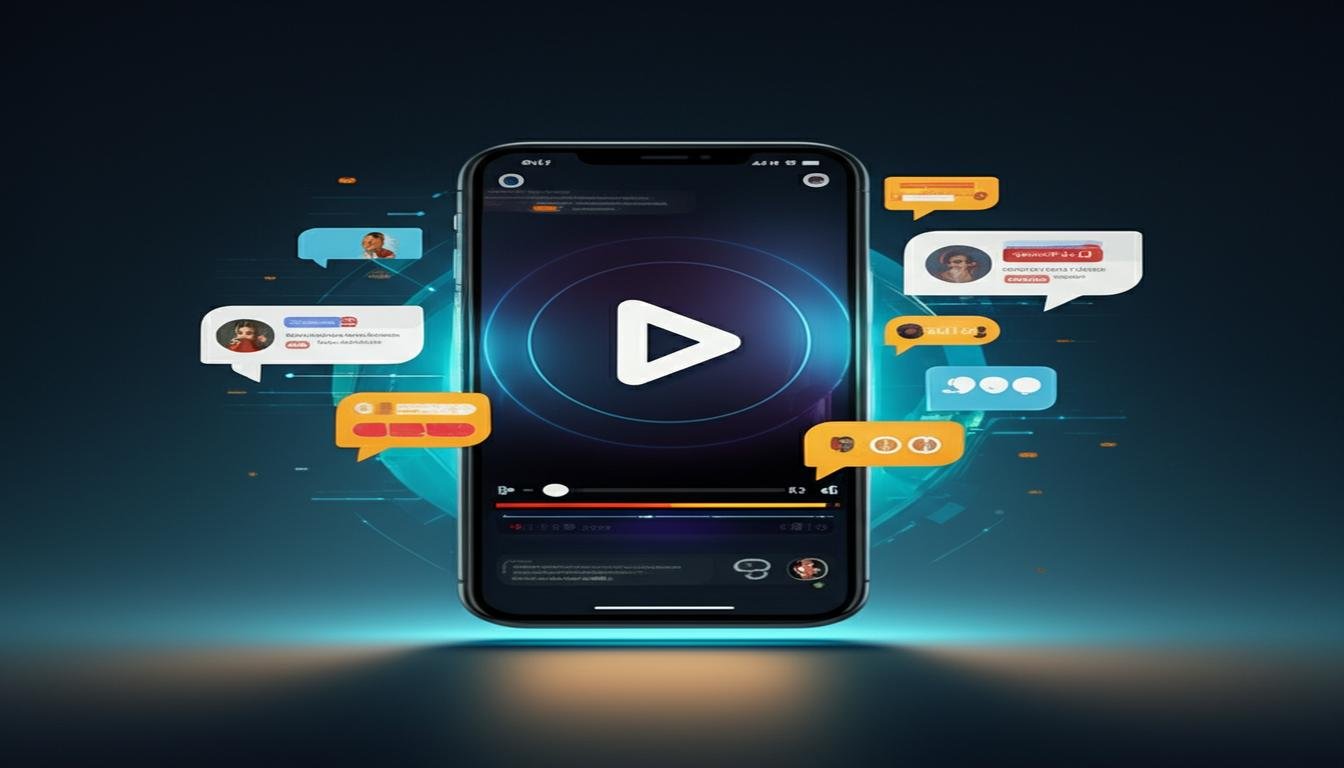Banned AI Tools You Can Still Secretly Use (For Now)
Ever feel like the digital world is a giant game of cat and mouse? One minute, an amazing new AI tool pops up, everyone’s buzzing about it, and the next? Poof! It’s either slapped with restrictions, quietly filtered, or outright banned in certain places. Think schools blocking ChatGPT or companies clamping down on employees using generative AI for sensitive tasks.
But here’s the thing about smart people and powerful tech: where there’s a will, there’s often a workaround. While some AI tools might be off-limits for most, there are clever ways to still access and leverage their power, often under the radar. Let’s dive into this intriguing, and sometimes ethically murky, digital landscape.
Why Are Some AI Tools “Banned,” Anyway?
It’s not usually because they’re inherently evil. The reasons for restricting AI access are often pretty practical:
- Data Privacy & Security: Companies worry about sensitive information being fed into public AI models.
- Misinformation & Abuse: Concerns about generating fake news, harmful content, or facilitating cheating.
- Policy & Compliance: Schools and workplaces might have strict rules to maintain academic integrity or internal data protocols.
- Resource Management: Some public tools are just too popular, leading to access limits or paid tiers.
So, a “ban” might mean a school’s Wi-Fi blocks it, or your work computer can’t access it. But that doesn’t always mean the underlying technology is truly locked away.
The “Under-the-Radar” AI Toolkit
This isn’t about breaking laws or doing anything shady. It’s about understanding how the tech works and finding legitimate pathways around restrictive public-facing filters. Think of it as knowing the backroads when the main highway is closed.
Open-Source AI Models: Your Private Playground
Many powerful AI models aren’t owned by giant tech companies. They’re developed by communities and released for free. Projects like:
- Locally Hostable Large Language Models (LLMs): Think of variations of models like Llama, Mistral, or others that you can download and run on your own computer. If it’s on your machine, it’s not going through any external filters. You control the data, the outputs, and the rules.
- Stable Diffusion & Image Generators: Need a specific image that a public AI might filter? Running an open-source image generator on your local machine gives you complete creative freedom, without content filters or usage logs.
The Catch: You’ll need a decent computer (especially a good graphics card) and a bit of tech know-how to set them up. But once it’s running, it’s truly yours.
API Access: Bypassing the Front Door
Many popular AI services, like those from OpenAI or Anthropic, offer an API (Application Programming Interface). This is how developers “talk” directly to the AI model, bypassing the user-friendly but often restricted web interfaces.
If you’re comfortable with a little coding (or know someone who is), you can:
- Build custom scripts to interact with the AI.
- Integrate the AI directly into your own applications or workflows.
The Advantage: You get raw access to the AI’s capabilities, often with fewer restrictions on content or usage, as long as you adhere to the service’s terms of use (which are usually more lenient for API access than public web apps). Plus, it’s often more cost-effective for heavy use than subscription plans.
Niche or Decentralized Platforms: The Lesser-Known Routes
Beyond the big names, a growing number of smaller, specialized AI platforms are emerging. Some focus on specific tasks, others prioritize user privacy, and many simply fly under the radar because they’re not widely advertised.
These might include:
- Independent AI Art Generators: Less famous than Midjourney or DALL-E, but offering unique styles or fewer content restrictions.
- Experimental Language Models: Hosted by researchers or smaller communities, often testing new concepts before wider release.
- Self-Hosted AI Tools: Websites or services that let you deploy your own instance of an AI tool, giving you complete control.
Finding Them: It often involves digging into tech forums, GitHub repositories, or niche online communities. But for those looking for specific functionality without the common corporate filters, these can be goldmines.
A Word of Caution: The Ethical Tightrope
Just because you can do something doesn’t always mean you should. Here’s what to remember when exploring these alternative AI pathways:
- Responsible Use: Always consider the ethical implications. Are you breaking rules for a good reason (e.g., creative freedom, learning) or for something harmful (e.g., plagiarism, creating deceptive content)?
- Data Security: If you’re using an API or a lesser-known platform, be incredibly mindful of any data you input. Is it sensitive? Can you trust the provider? Local hosting is often the safest bet for privacy.
- Legality & Terms of Service: While some workarounds are legitimate, pushing boundaries can sometimes lead to account bans or, in rare cases, legal issues if you violate serious terms of service or intellectual property laws.
- AI Detection is Evolving: As more people use AI, AI detectors are also getting smarter. While some methods might bypass them now, it’s a constant game of cat and mouse.
The AI Landscape is Always Changing
The world of AI is moving at lightning speed. What’s “banned” today might be openly available tomorrow, and new restrictions could pop up just as quickly. Staying informed, understanding the underlying technology, and approaching AI with a blend of curiosity and caution is key.
Whether you’re looking to push creative boundaries, explore new research, or simply maintain your privacy, knowing these alternative access points to powerful AI tools can be incredibly empowering. Just remember to tread carefully, use wisely, and always consider the bigger picture.









